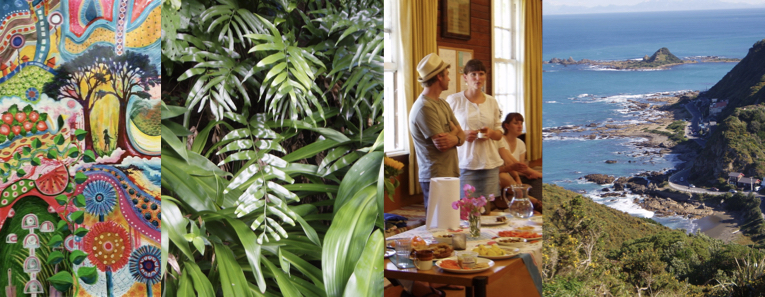
The Haewai Houghton Valley Community Association (HHVCA), formerly known as the Houghton Valley Progressive Association, is our local Residents’ Association. It supports the community by:
- Providing updates of what has been happening in and around the community and notifications of wider community issues;
- Keeping the community owned hall maintained and fit for use by the community and recreational groups, including the InStep Dance Studio;
- Facilitating the organisation and hosting of community events;
- Providing funding support for approved local projects;
- Giving you the right to have your say and vote on community issues at General Meetings and elections at Annual General Meetings.
Membership is $10 per person and the membership year starts on 1 April. For membership we need your name, street address and email address.
To become a member contact: admin@houghtonvalley.org.nz
Hall bookings: hallbookings@houghtonvalley.org.nz
Short history of the HHVCA / HVPA
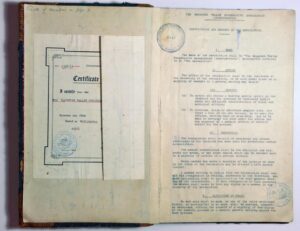
In the 1920s Houghton Bay residents were concerned about the backward condition of the district and in 1925 formed the South Melrose ratepayers and Residents’ Association to address issues of bus services, milk supply, electric light, extension of water supply and telephone services. Owing to continued confusion with Melrose, the Association was renamed in 1926 to Houghton Valley Progressive Association, using the word “Valley” to reflect the greater settlement inland rather than at Houghton Bay itself. After one year, 30 new houses had been built, there was a milk delivery, and drainage and electric light installation was progressing. The Houghton Valley Progressive Association was incorporated in 1928. Campaigning for better facilities and services continued through the 1930s.
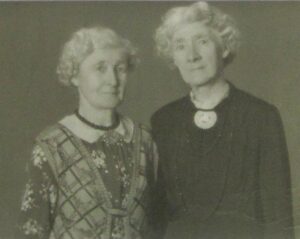
In 1927 Wilhelmina (Minnie) Williamson donated land in Houghton Bay Road for the building of a community hall, which was mostly built by locals. Tennis courts were built on adjacent reserve land. The hall was opened in 1929 and was initially used as a school until Houghton Valley School was built and opened in 1930.
For three decades the hall was the focus of the community: hosting meetings, dances and concerts, a friendship club, darts and table tennis evenings, a Temperance Society, church services, scouts and girl guides and a tennis club using the land below for tennis courts.
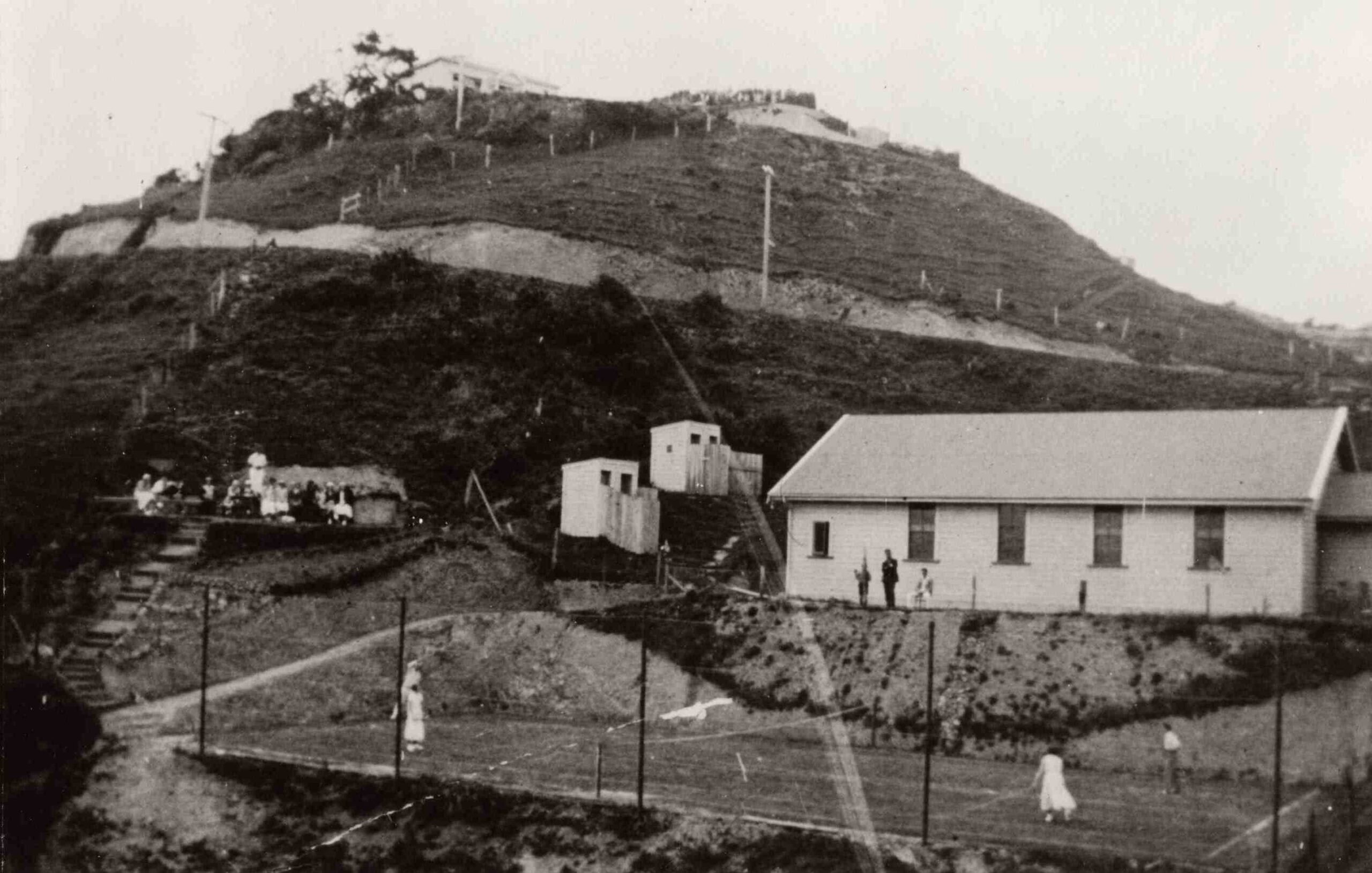
The local Playcentre began using it in 1953. From the 1960s the hall was used less and less except for the Playcentre. It reached such a state of disrepair in the 1990s that it was nearly sold, until it was pointed out that the land and hall belonged to the community and could not be sold. The Playcentre had to find a new home due to the state of the building, and reserve land including the tennis courts land was leased to them to build their own building. A small portion of the hall land including the lower bank was surveyed off for the Playcentre to use. After some repair work the hall was mainly used as a dance studio. This generated enough income to keep the place maintained, with the Association primarily focussed on looking after it.
Over the last decade the Houghton Valley Progressive Association has been gradually “progressing” towards becoming a full community organisation once more, advocating on community issues as well as promoting community events and activities in the hall and around the local area. The name was changed to Haewai Houghton Valley Community Association in 2023.
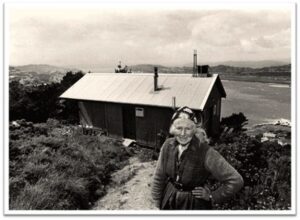
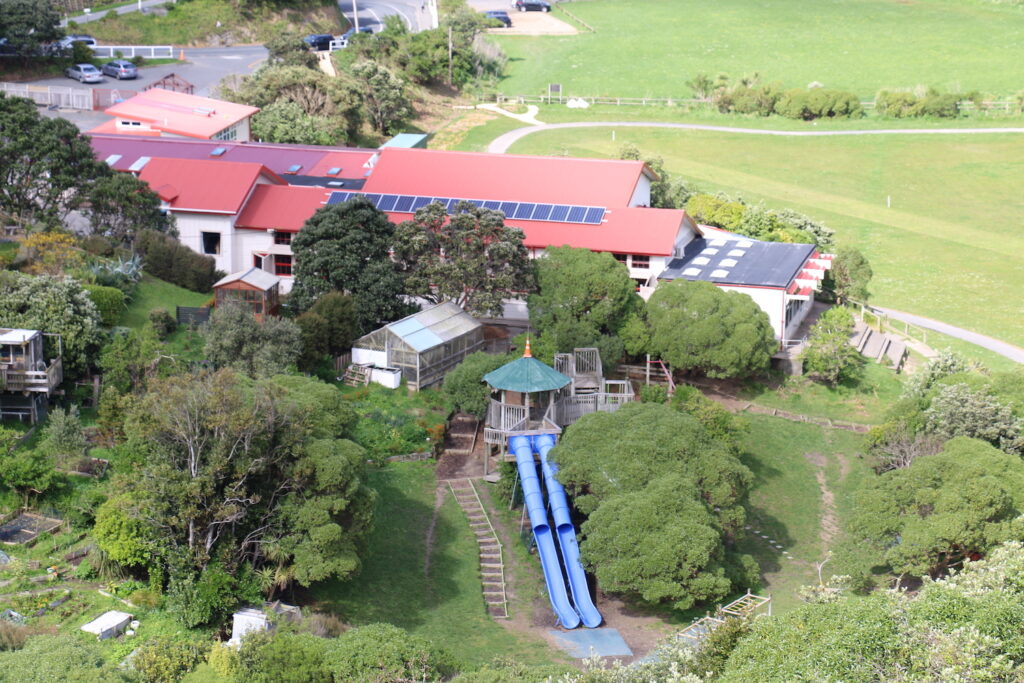
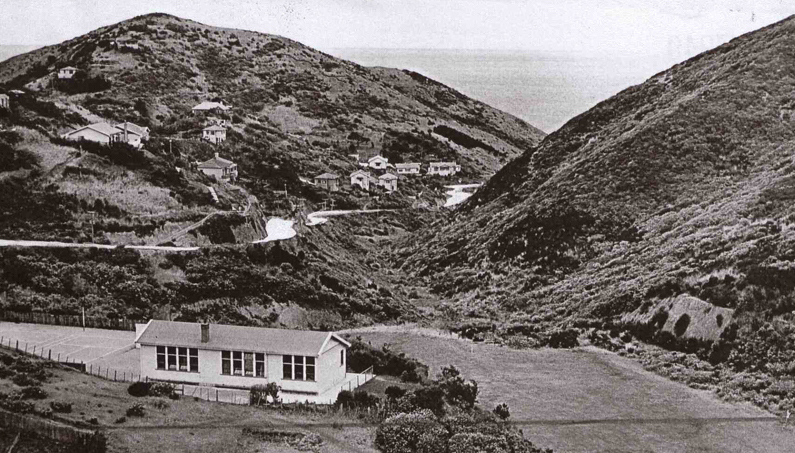
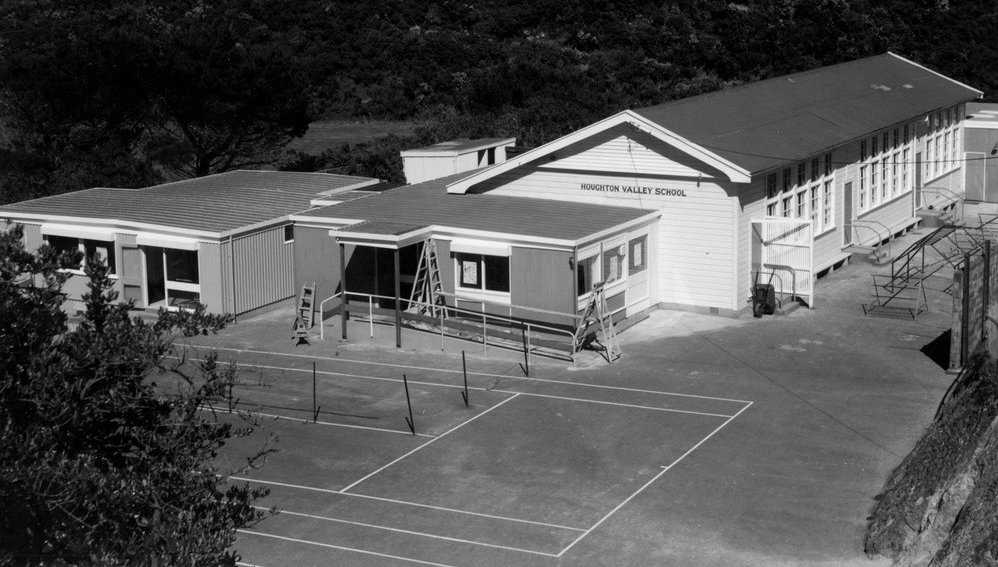
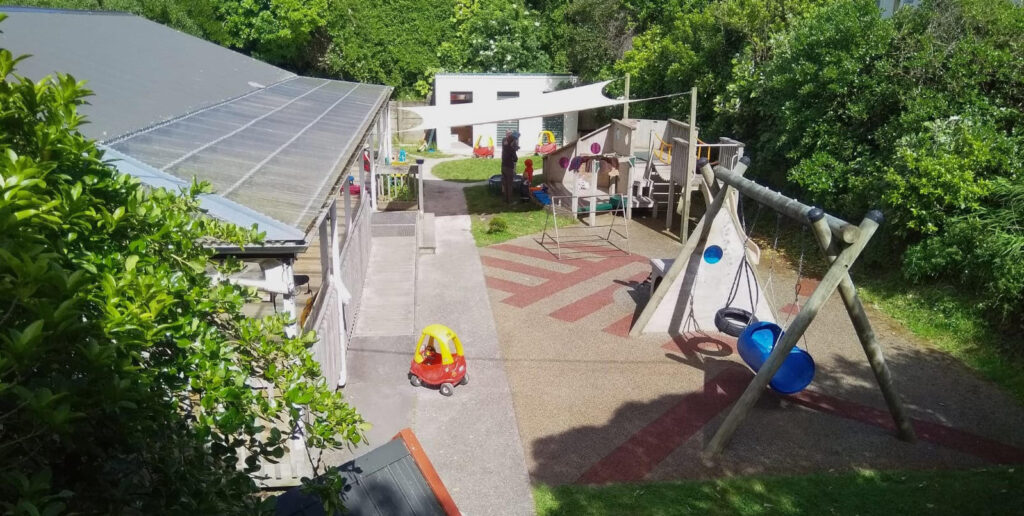
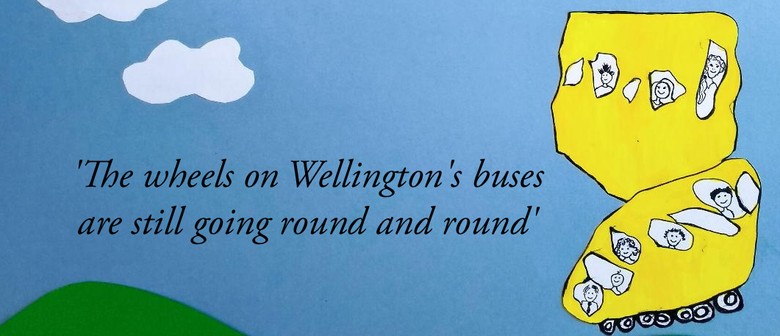
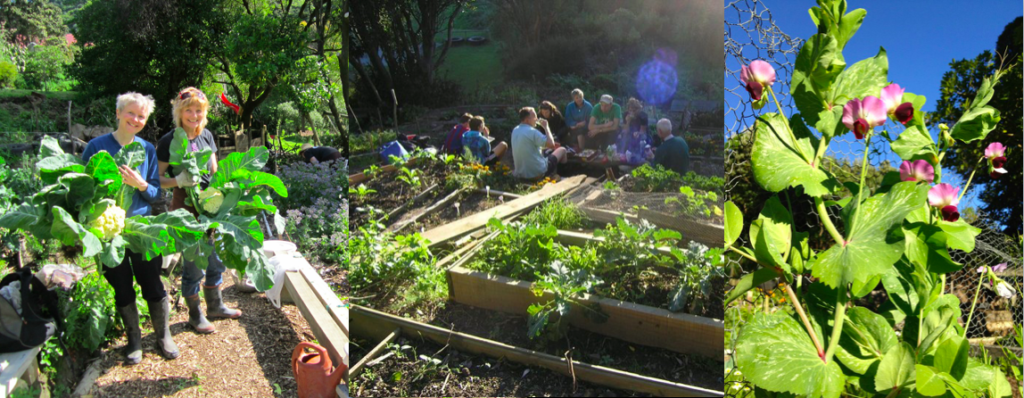

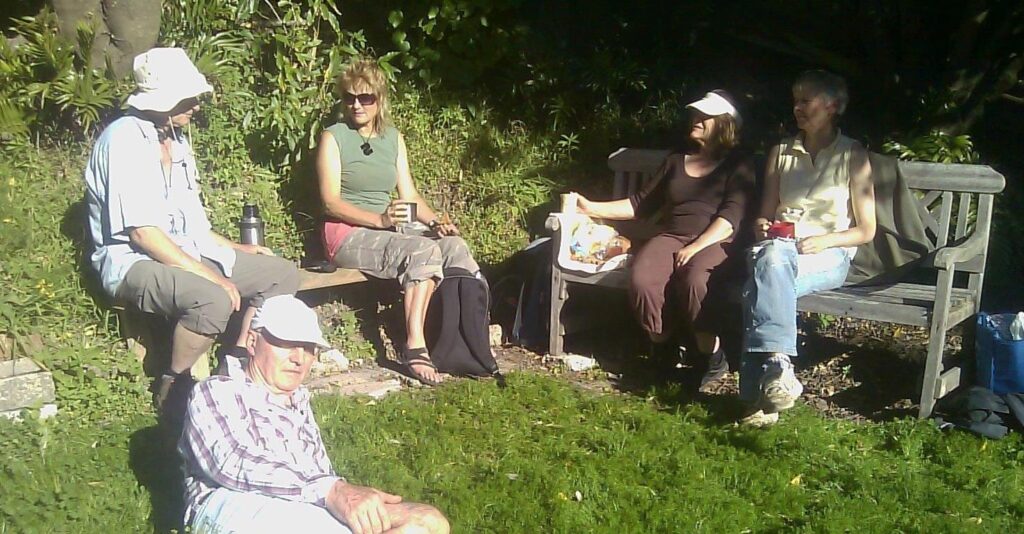
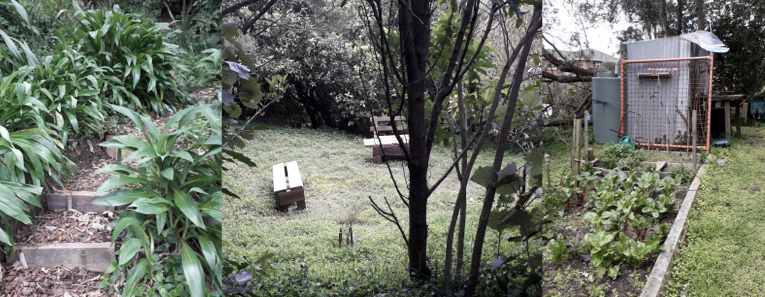
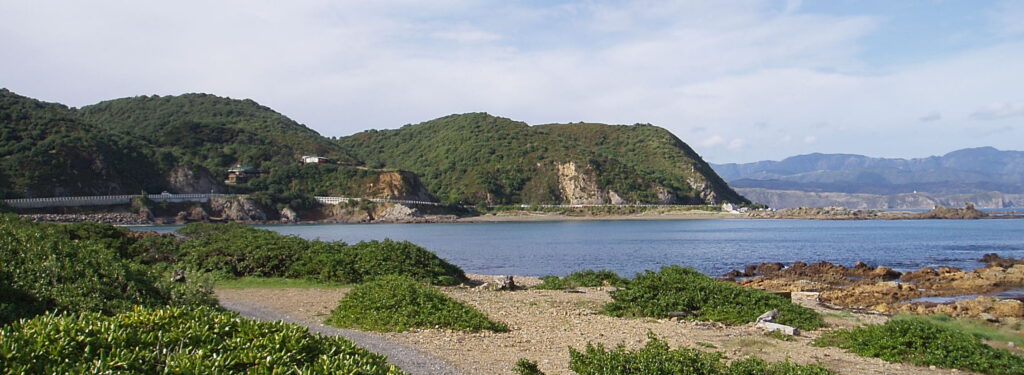
 Te Ohu o Te Raekaihau is the most recent of restoration groups and is laying the foundation for more permanent kaitiakitanga. They are currently planting 2,000 trees every year over the winter months to diversify the vegetation amongst the monoculture of native karo. The rest of the year is spent culling invasive weeds and generally caring for the forest, the wildlife and the tracks in collaboration with the Council.
Te Ohu o Te Raekaihau is the most recent of restoration groups and is laying the foundation for more permanent kaitiakitanga. They are currently planting 2,000 trees every year over the winter months to diversify the vegetation amongst the monoculture of native karo. The rest of the year is spent culling invasive weeds and generally caring for the forest, the wildlife and the tracks in collaboration with the Council.